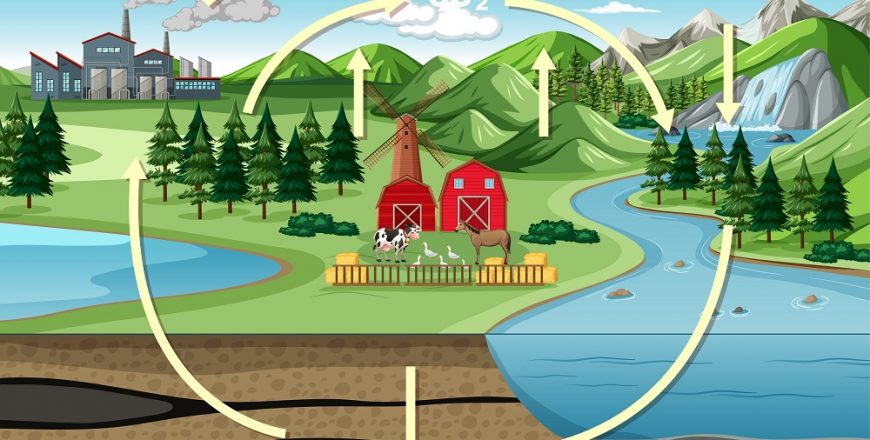Climate 107 / Carbon and the Carbon Cycle

Prepared by: Yasemen Bilgili
Presenter: Yasemen Bilgili
Carbon is the fourth most abundant chemical element in the world by mass, after hydrogen, helium, and oxygen, with the symbol “C” and atomic number 6. Carbon and carbon compounds found in nature and in all living things form the basis of all life on Earth, and the carbon-nitrogen cycle provides some of the energy produced by the sun and other stars. It is derived from the Latin word carbo, which means coal. The main economic uses of carbon, which is found in its pure form in nature in the form of graphite and diamond, other than food and wood, are hydrocarbons in the form of fossil fuels, methane gas and crude oil, and carbon polymers of animal origin such as wool, cashmere and silk.
The carbon cycle describes the process by which carbon atoms are constantly moving from the atmosphere to the Earth and then back to the atmosphere, since it is a closed ecosystem, the amount of carbon in the system does not change.






